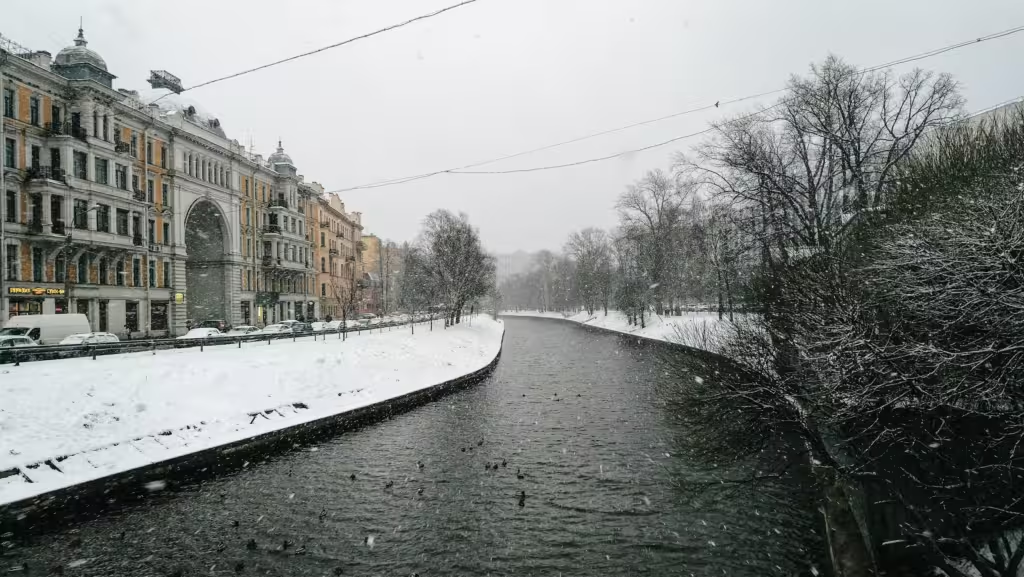Maybe the Canadian government has long put off buying icebreakers because they were convinced Arctic sea ice was on the verge of disappearing, taking your big polar bear with it. And indeed NASA blared that “NASA Finds 2022 Arctic Winter Sea Ice 10th-Lowest on Record”. But that only means since 1979, the beginning of modern satellite records, not “ever”. That we’re barely in the top quarter is odd given the supposed relentless heating and one hottest year ever after another. And the common knowledge that ice had been building up since 1940 to its 1979 peak makes this iced-cherry picking without making it scary. But hang on, because the Associated Press roared “Hot poles: Antarctica, Arctic 70 and 50 degrees above normal”. Except the numbers, on inspection, come from weather models, not thermometers, which right away tells us that the AP is being, well, just what you’d expect.
As Anthony Watts indignantly declared, “These claims can’t be verified since they were the results from a set of weather model simulations, indicating variations of above normal temperatures for the regions, not actual surface temperatures measured by ground-based weather stations.” The computer models got rid of the thing within days anyway, he says then adds, “looking at actual data, there’s no ‘heat wave’ at all.”
Actual data. What a quaint concept. According to the AP story “It caught officials at the National Snow and Ice Data Center in Boulder, Colorado, by surprise because they were paying attention to the Arctic where it was 50 degrees warmer than average and areas around the North Pole were nearing or at the melting point, which is really unusual for mid-March, said center ice scientist Walt Meier.” And normally when caught by surprise, scientists say hold on, let’s check the instruments, see if it’s a rogue reading and so forth. Or in this case let’s check the computer. Instead “‘They are opposite seasons. You don’t see the north and the south (poles) both melting at the same time,’ Meier told The Associated Press Friday evening.”
Indeed you don’t. In fact you don’t see either pole “melting”. And we hate to fail to ruin your day, week, month or 10 years until it’s too late, but “Both [“University of Wisconsin meteorologist Matthew”] Lazzara and Meier said what happened in Antarctica is probably just a random weather event and not a sign of climate change. But if it happens again or repeatedly then it might be something to worry about and part of global warming, they said.”
In the end the only thing that melted was the headline. The story actually starts “Earth’s poles are undergoing simultaneous freakish extreme heat with parts of Antarctica more than 70 degrees (40 degrees Celsius) warmer than average and areas of the Arctic more than 50 degrees (30 degrees Celsius) warmer than average.” Parts. Not the whole place.
Which parts? Well, three weather stations in Antarctica had unusual readings. “The two-mile high (3,234 meters) Concordia station was at 10 degrees (-12.2 degrees Celsius), which is about 70 degrees warmer than average, while the even higher Vostok station hit a shade above 0 degrees (-17.7 degrees Celsius), beating its all-time record by about 27 degrees (15 degrees Celsius), according to a tweet from extreme weather record tracker Maximiliano Herrera.” And so only one is 70 degrees warmer. Mind you “The coastal Terra Nova Base was far above freezing at 44.6 degrees (7 degrees Celsius).”
The story tried to recapture the panic by saying “The Antarctic continent as a whole on Friday was about 8.6 degrees (4.8 degrees Celsius) warmer than a baseline temperature between 1979 and 2000, according to the University of Maine’s Climate Reanalyzer, based on U.S. National Oceanic Atmospheric Administration weather models…. At the same time, on Friday the Arctic as a whole was 6 degrees (3.3 degrees) warmer than the 1979 to 2000 average.” Which falls squarely into the whoop-de-doo category, because they don’t actually measure temperature everywhere and even if they did, having a warm day isn’t weird, there or anywhere. And “What likely happened” in Antarctica “was ‘a big atmospheric river’ pumped in warm and moist air from the Pacific southward, Meier said. And in the Arctic, which has been warming two to three times faster than the rest of the globe and is considered vulnerable to climate change, warm Atlantic air was coming north off the coast of Greenland.”
So what about the famous melting-ravaged Arctic ice? Susan Crockford points out that “US National Snow and Ice Data Center says the Arctic maximum extent for this winter peaked at 14.88 mkm2 on 25 February, but in fact this amount of ice coverage lasted for at least two weeks (22 February – 8 March), with very slight variation. Just a little something they all left out of their announcements, for some reason.” And that what matters for the bears and other cute animals is the monthly extent not the peak. And it didn’t melt.
Undeterred, NASA tries to conjure up a scary campfire story with “Arctic sea ice extent peaked at 5.75 million square miles (14.88 million square kilometers) and is roughly 297,300 square miles (770,000 square kilometers) below the 1981-2010 average maximum – equivalent to missing an area of ice slightly larger than Texas and Maine combined. This maximum ties with 2015 as the third earliest on record.” But 297,300 square miles out of 5.75 million is just five percent. Not as scary as the warming that ate Texas, is it? (As for their picture of the vanishing ice on Feb. 25, 2022, it shows everything from Greenland to Leningradsky solid white. Weird, huh?)
So they try “Since satellites began reliably tracking sea ice in 1979, maximum extents in the Arctic have declined at a pace of about 13% per decade, with minimum extents declining at about 2.7% per decade. These trends are linked to warming caused by human activities such as emitting carbon dioxide, which traps heat in the atmosphere and causes temperatures to rise. NASA’s analysis also shows the Arctic is warming about three times faster than other regions.” We still don’t know what part of our wretched blazing planet is warming more slowly than anywhere else. But we’re pretty sure it’s a place with no journalists.
We’re also pretty sure that since the northwest passage was navigable by small craft in the 1940s, and before that in the 1900s, the fact that after building to a peak in 1979 the ice has started to retreat, even by 13% per decade, is no sign of anything other than natural fluctuations that are natural in their fluctuation.



"We still don’t know what part of our wretched blazing planet is warming more slowly than anywhere else."
Huh? It's the oceans - you know that. Every place on land warms (or cools) faster than the rest of the world because the rest of the world is mostly water.